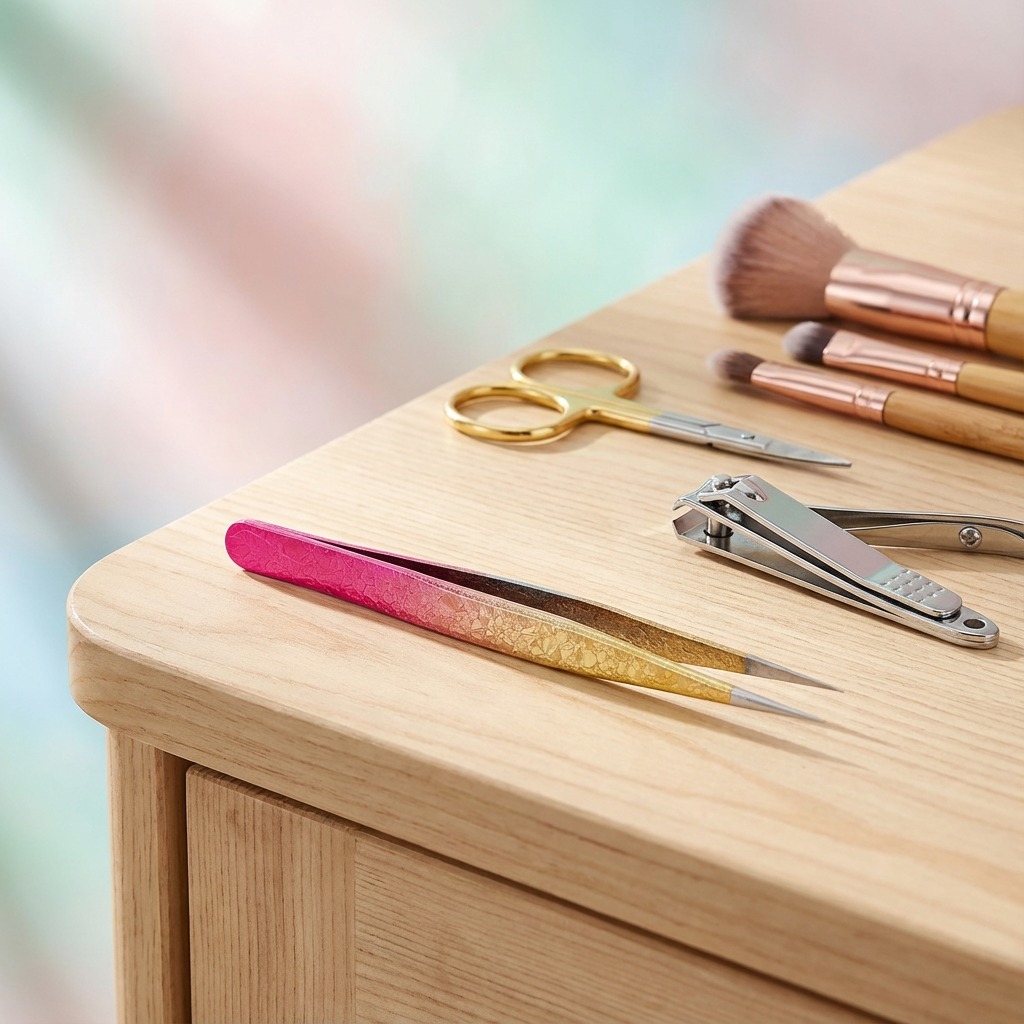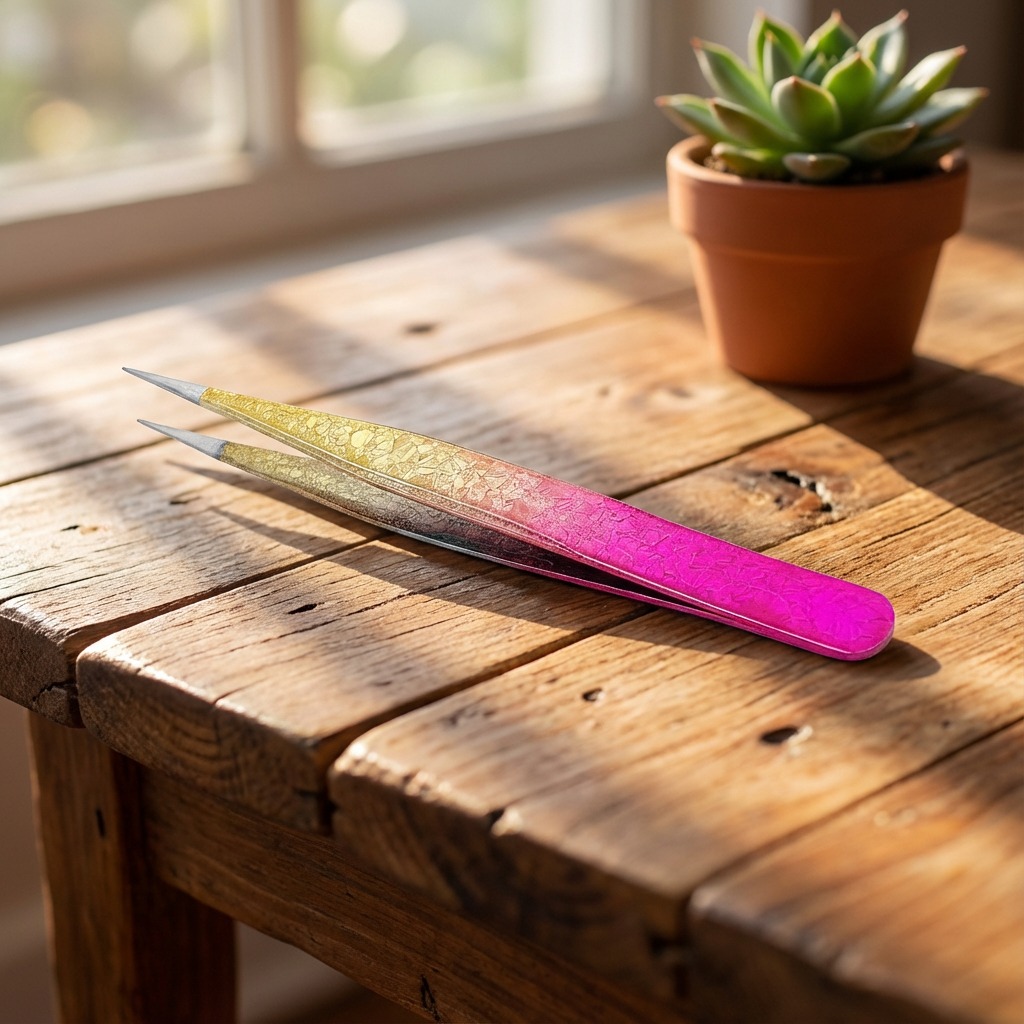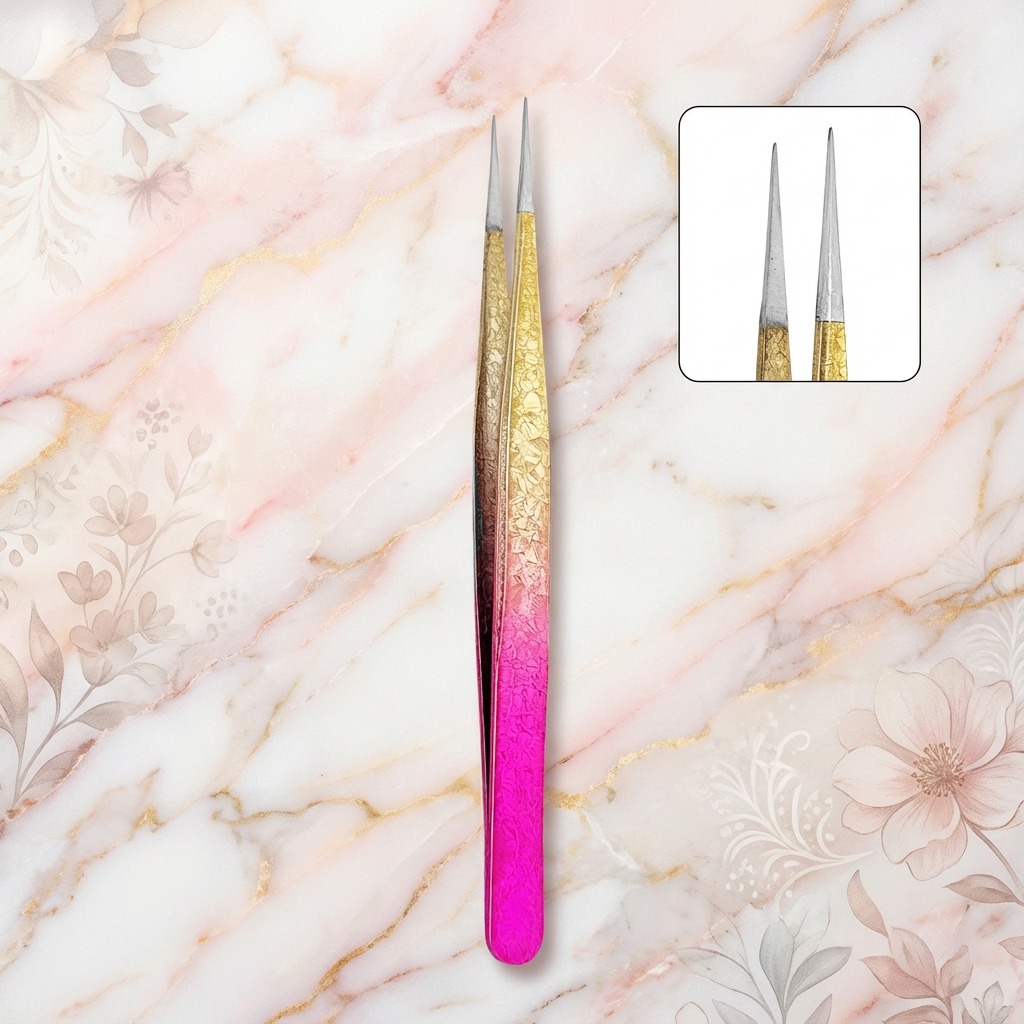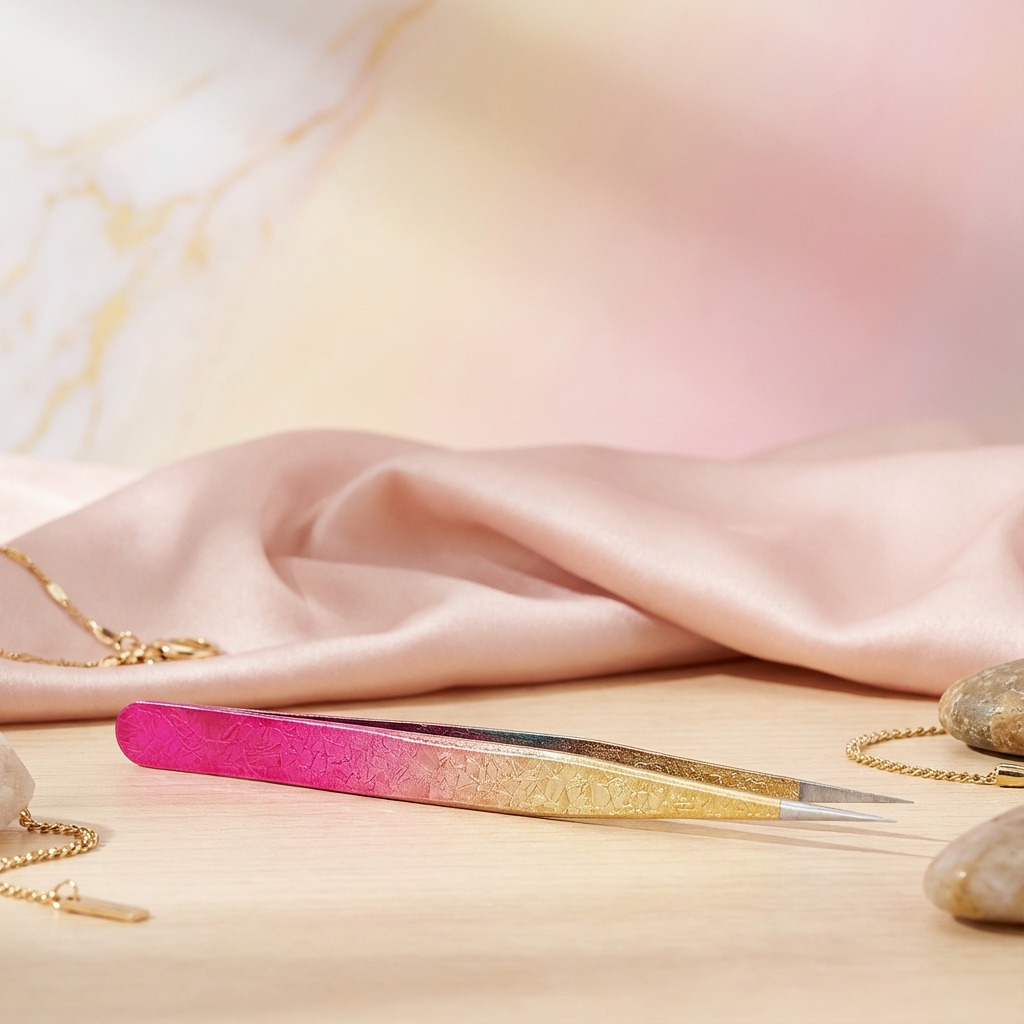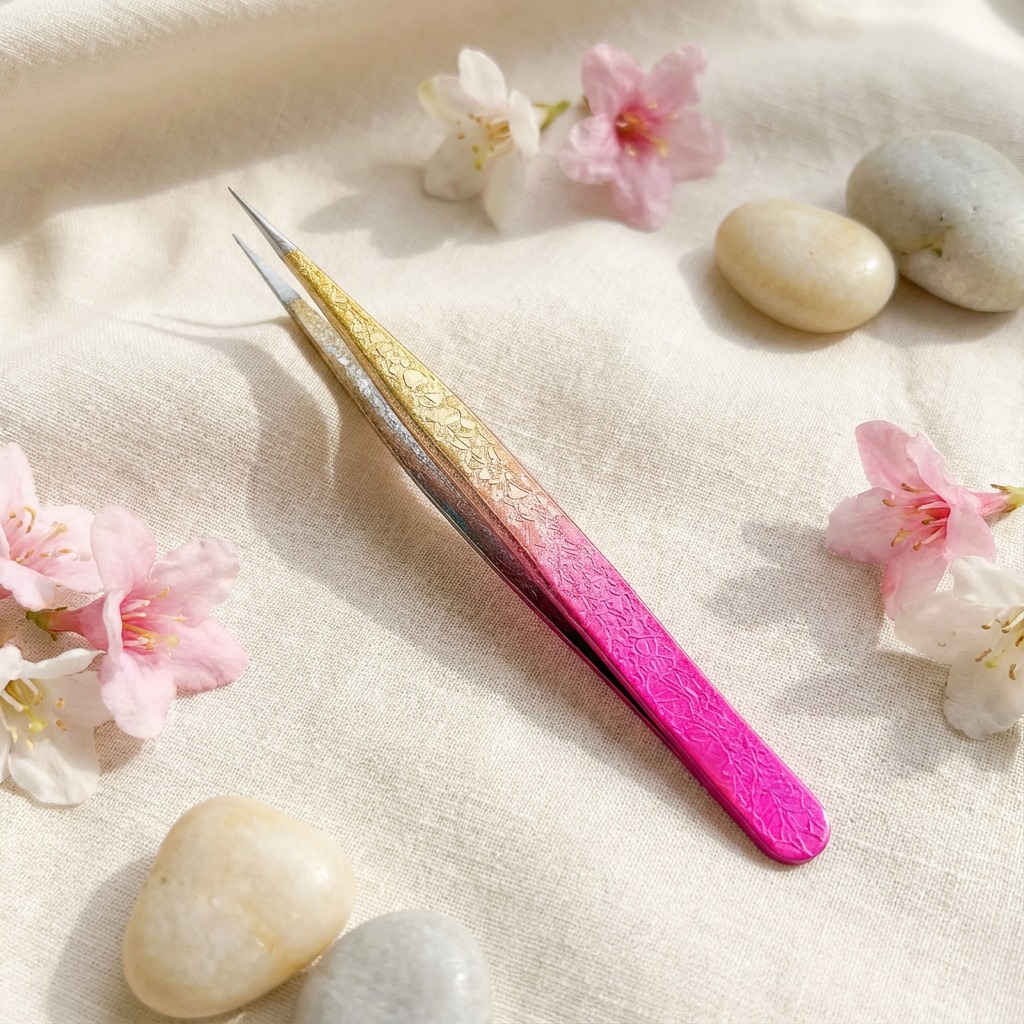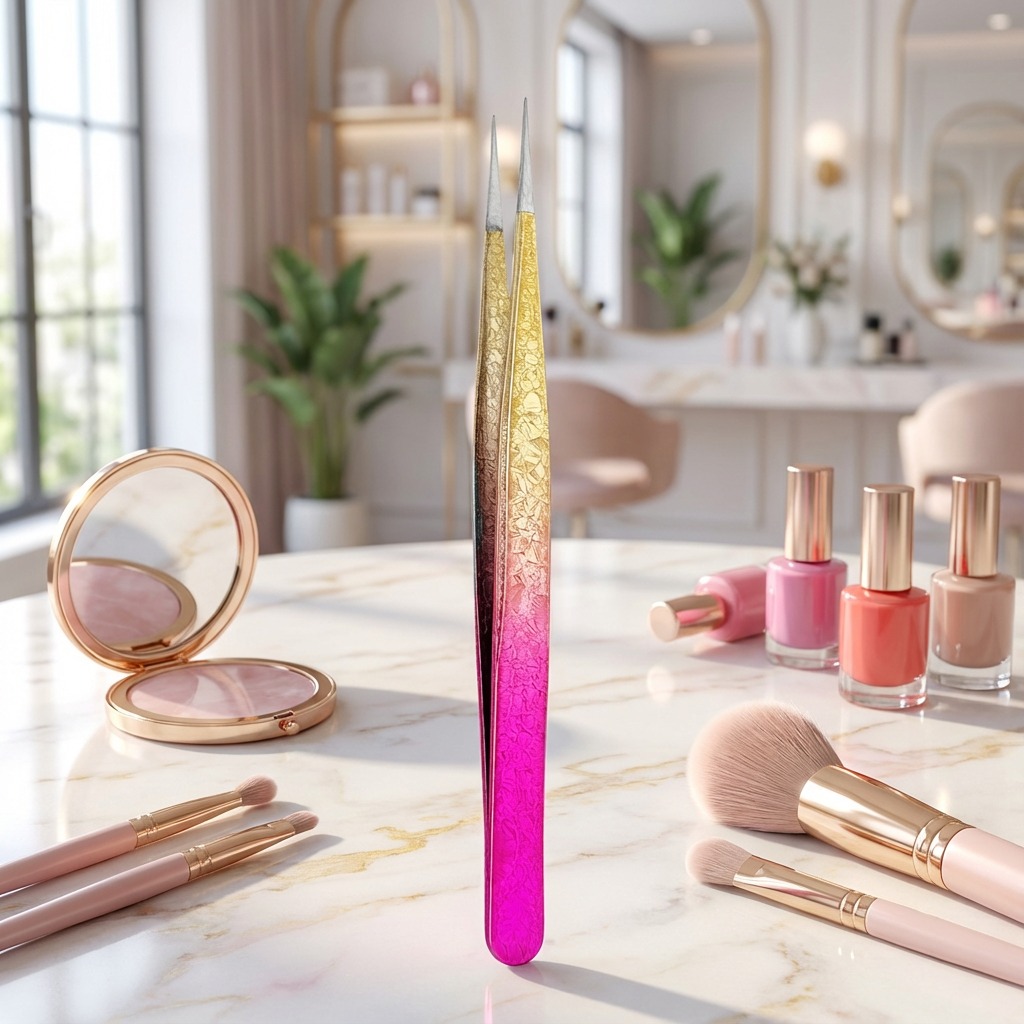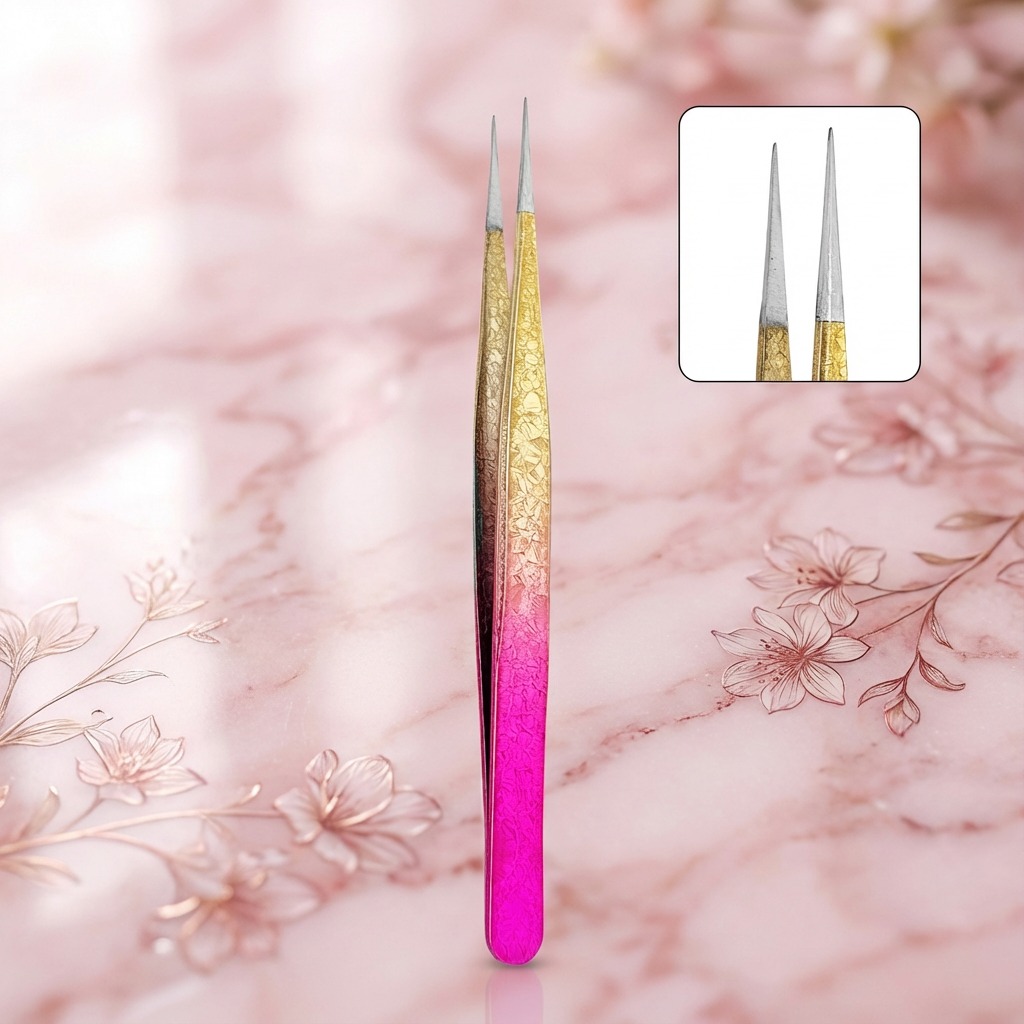Nail Clippers Industry Trends: Innovation, Design, and Consumer Demand in 2025
Nail clippers, once viewed as a simple grooming accessory, have evolved into a dynamic market driven by technological innovation, design sophistication, and changing consumer expectations. As global demand for personal care tools continues to rise, brands are leveraging key trends to differentiate their products and capture market share. Below, we break down the most impactful trends shaping the nail clippers industry in 2024.
1. Advanced Materials for Durability and Hygiene
Modern consumers prioritize longevity and hygiene, driving the adoption of premium materials. High-grade stainless steel remains a staple for its rust resistance and sharpness, but brands are increasingly experimenting with ceramic and titanium alloys for lightweight, anti-microbial properties. Ceramic blades, for example, stay sharper longer and reduce the risk of bacterial buildup, appealing to health-conscious users. Eco-friendly materials like recycled plastic for handles also gain traction, aligning with sustainability goals.
2. Ergonomic Design and Multifunctionality
Ergonomics is no longer a luxury but a necessity. Users seek clippers that fit comfortably in hand, especially for those with limited dexterity or frequent use. Curved handles, non-slip grips, and adjustable tension mechanisms are now standard features. Multifunctional designs are also on the rise—clippers integrated with nail files, cuticle trimmers, or even LED lights for precision trimming in low-light conditions. These all-in-one solutions cater to on-the-go lifestyles, emphasizing convenience without compromising performance.
3. Sustainability as a Core Value
Environmental responsibility is a key driver of purchase decisions. Brands are adopting recyclable packaging, carbon-neutral manufacturing processes, and modular designs that allow blade replacements (reducing waste from disposable clippers). Certifications like FSC for sustainable wood handles or GOTS for organic materials add credibility, appealing to eco-aware consumers, particularly in Europe and North America.
4. Premium Aesthetics and Customization
The market is moving beyond utilitarian design toward luxury aesthetics. Sleek metallic finishes (brushed nickel, matte black), minimalist contours, and even gemstone accents cater to consumers seeking beauty tools that double as fashion accessories. Customization options, such as engraved initials or personalized color schemes, enhance brand loyalty and appeal to gifting markets.
5. Tech-Integrated Solutions for Precision
Technology is transforming basic clippers into smart tools. Models with magnifying lenses or built-in cameras help users achieve salon-level precision at home, while app-connected clippers (still niche but growing) offer features like trimming angle recommendations via smartphone. These innovations target aging populations and beauty enthusiasts alike, positioning nail clippers as high-tech grooming essentials.
6. Inclusive Design for Diverse Needs
Brands are recognizing the importance of inclusivity, designing clippers for specific demographics. Heavy-duty clippers for thick nails, extra-small sizes for children, and adaptive tools for seniors or individuals with disabilities (e.g., lever-based handles for arthritis patients) are expanding the market beyond generic solutions.
Why These Trends Matter for Your Brand
To thrive in 2025, focus on:
- Material Innovation: Highlight durability and hygiene in marketing messaging.
- User-Centric Design: Prioritize ergonomics and multifunctionality to solve real-world pain points.
- Sustainability Storytelling: Communicate eco-friendly practices through packaging and product features.
- Premium Positioning: Use design and customization to justify higher price points in the premium segment.
By aligning with these trends, your brand can not only meet current demands but also set the standard for the future of nail care tools. As consumers increasingly invest in self-care, the nail clippers industry offers ample opportunities for innovation—stay ahead by blending functionality, aesthetics, and purpose.
Ready to adapt your product line to these trends? Share your thoughts in the comments, and don’t forget to subscribe for more industry insights!












